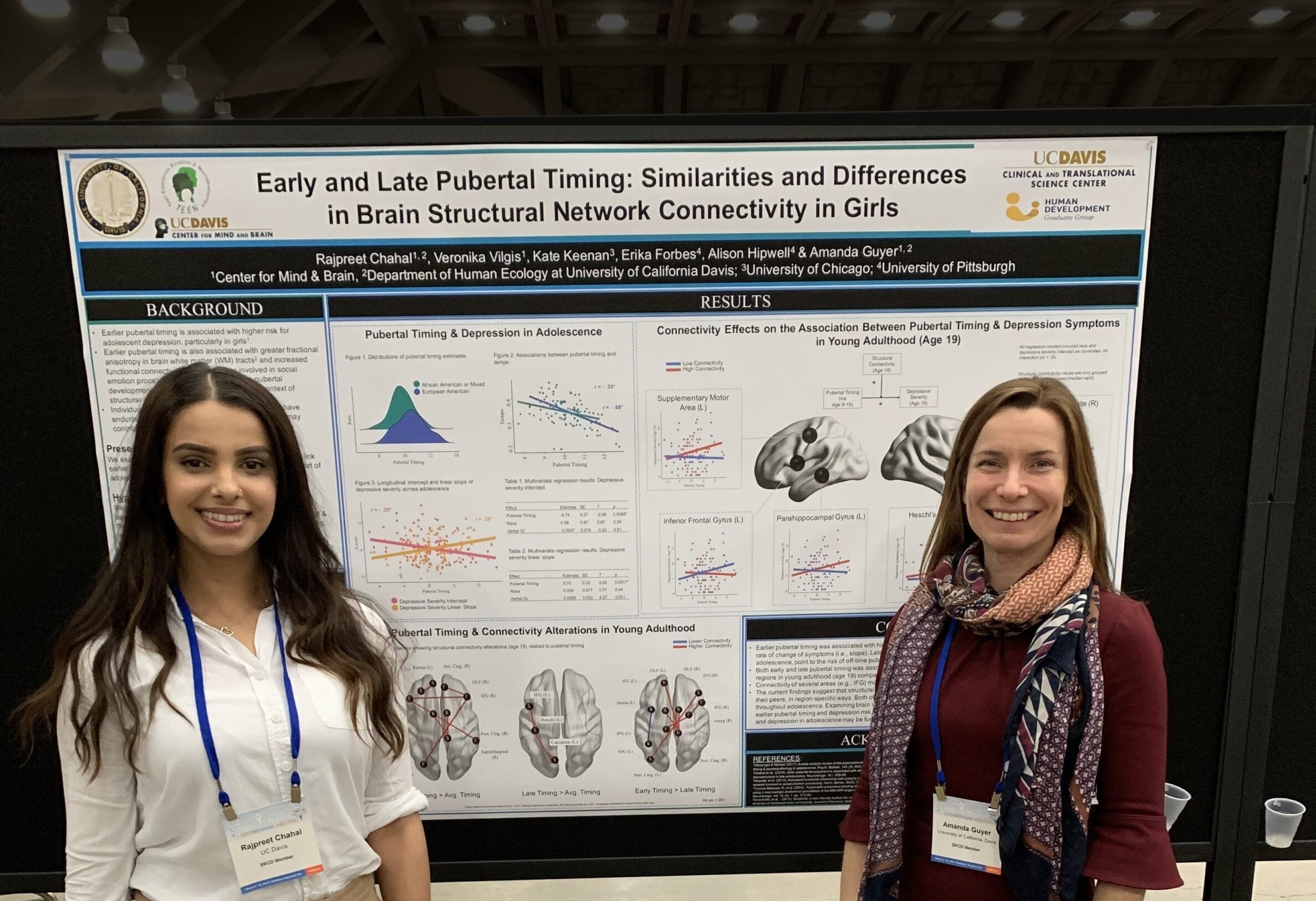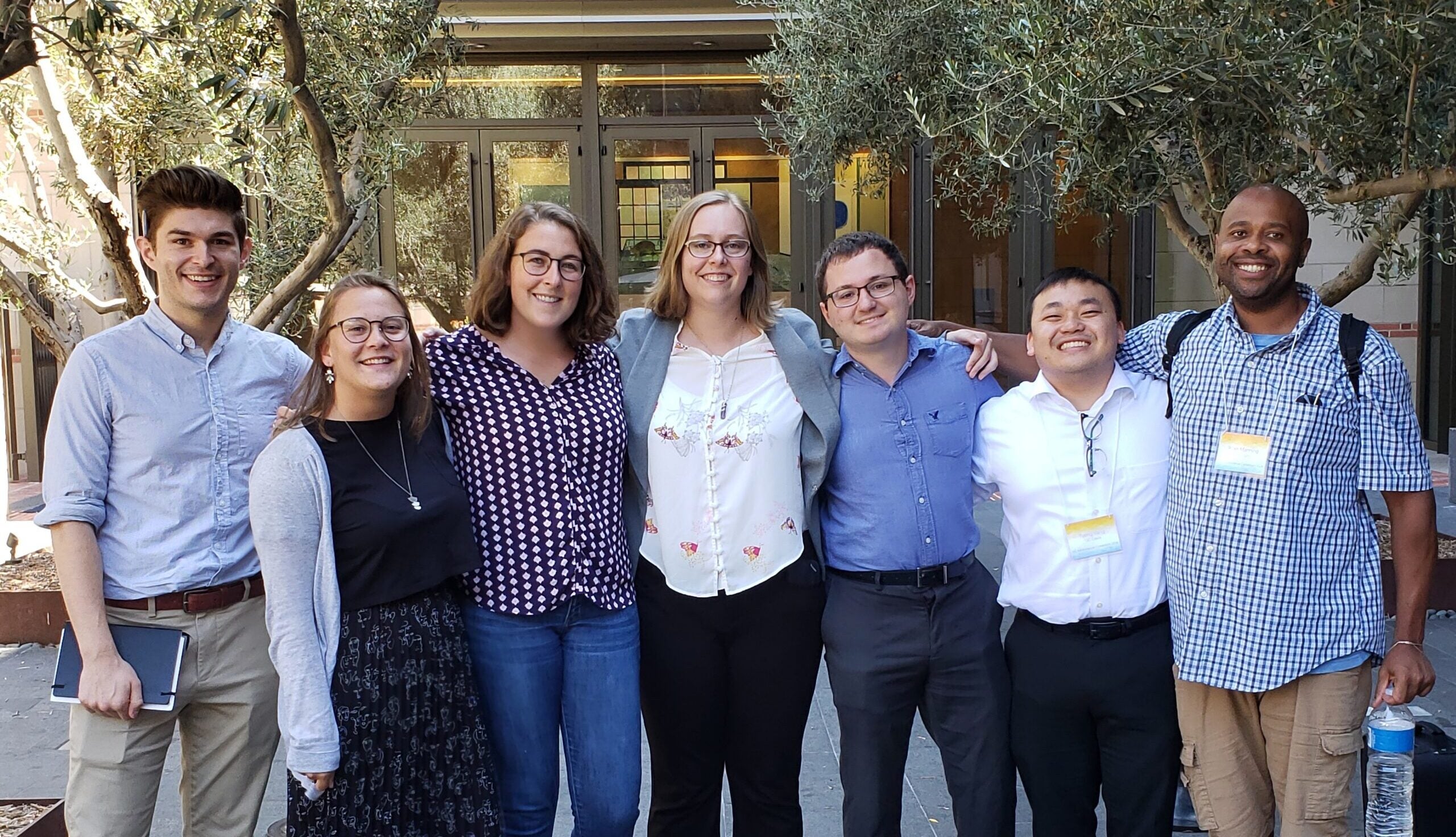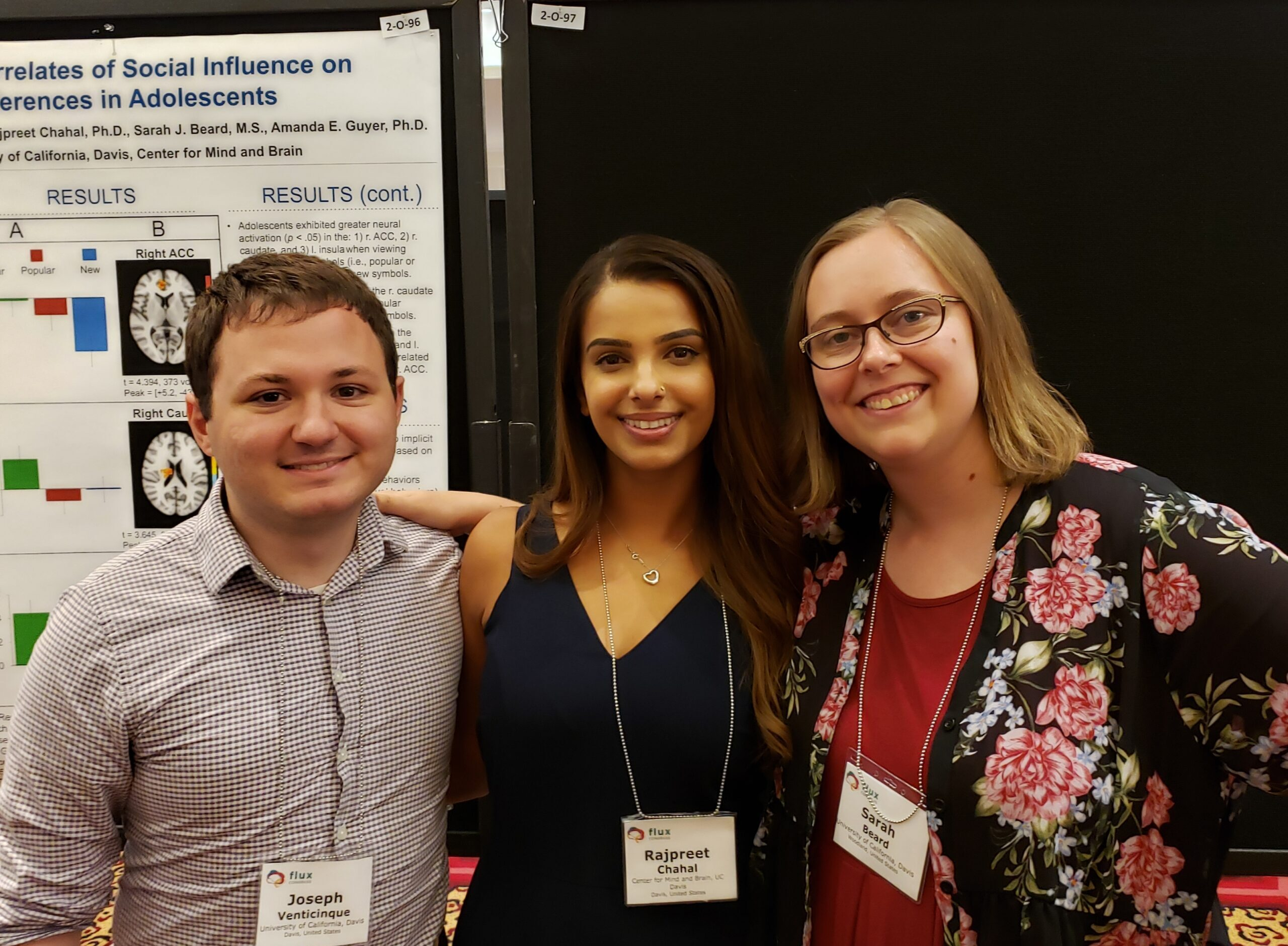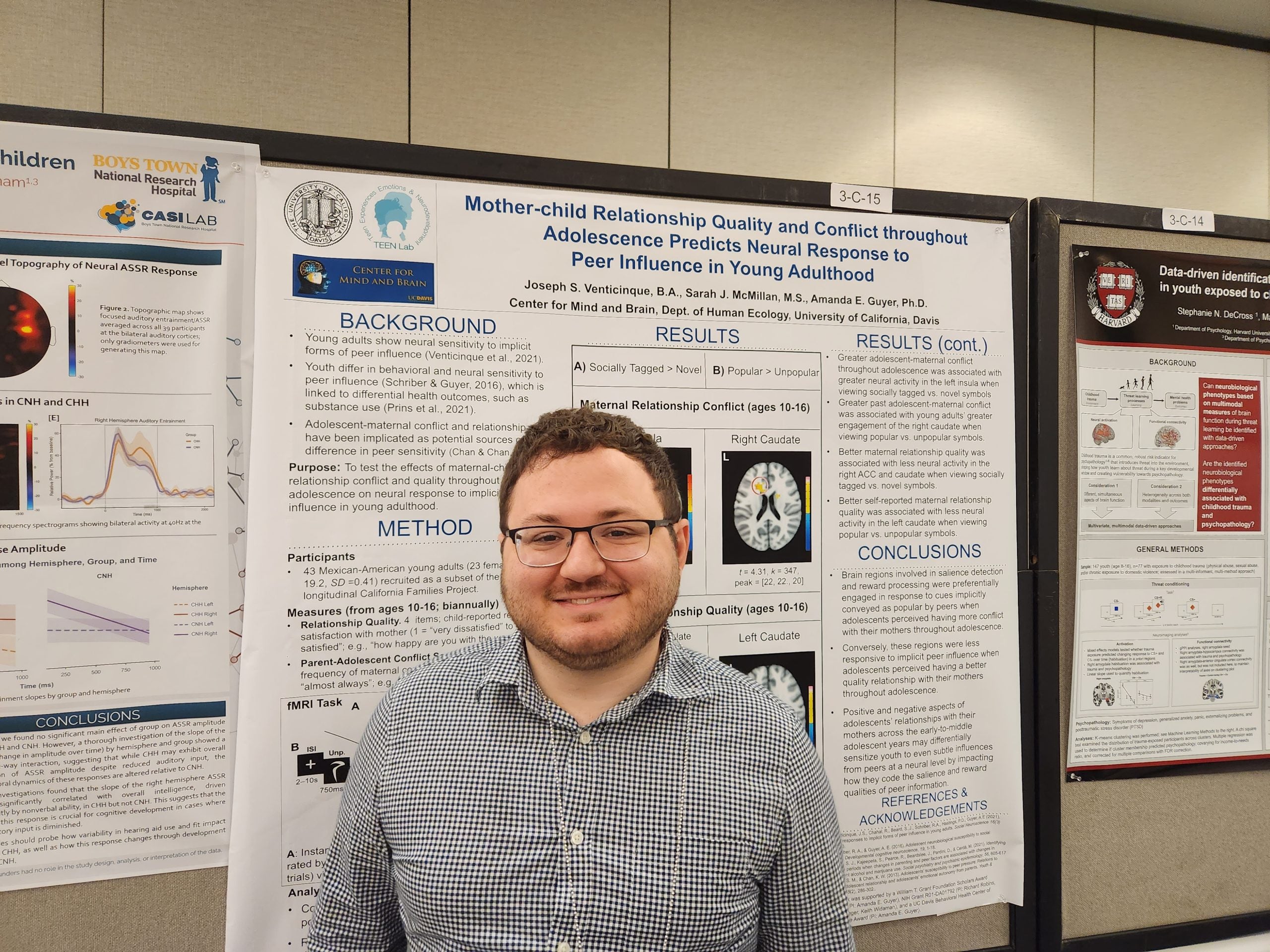Normative data on development of neural and behavioral mechanisms underlying attention orienting toward social-emotional stimuli: an exploratory study.
Kara M Lindstrom, Amanda E Guyer, Karin Mogg, Brendan P Bradley, Nathan A Fox, Monique Ernst, Eric E Nelson, Ellen Leibenluft, Jennifer C Britton, Christopher S Monk, Daniel S Pine, and Yair Bar-Haim (2009)
The ability of positive and negative facial signals to influence attention orienting is crucial to social functioning. Given the dramatic developmental change in neural architecture supporting social function, positive and negative facial cues may influence attention orienting differently in relatively young orold individuals. However, virtually no research examines such age-related differences in the neural circuitry supporting attention orienting to emotional faces. We examined age-related correlations in attention-orienting biases to positive and negative face emotions in a healthy sample (N=37; 9-40 years old) using functional magnetic resonance imaging and a dot-probe task. The dot-probe task in an fMRI setting yields both behavioral and neural indices of attention biases towards or away from an emotional cue (happy or angry face). In the full sample, angry-face attention bias scores did not correlate with age, and age didnot correlate with brain activation to angry faces. However, age did positively correlate with attention bias towards happy faces; age also negatively correlated with left cuneus and left caudate activation to a happy bias fMRI contrast. Secondary analyses suggested age-related changes in attention bias to happy faces. The tendency in younger children to direct attention away from happy faces (relative to neutral faces) was diminished in the older age groups, in tandem with increasing neural deactivation. Implications for future work on developmental changes in attention-emotion processing are discussed.




